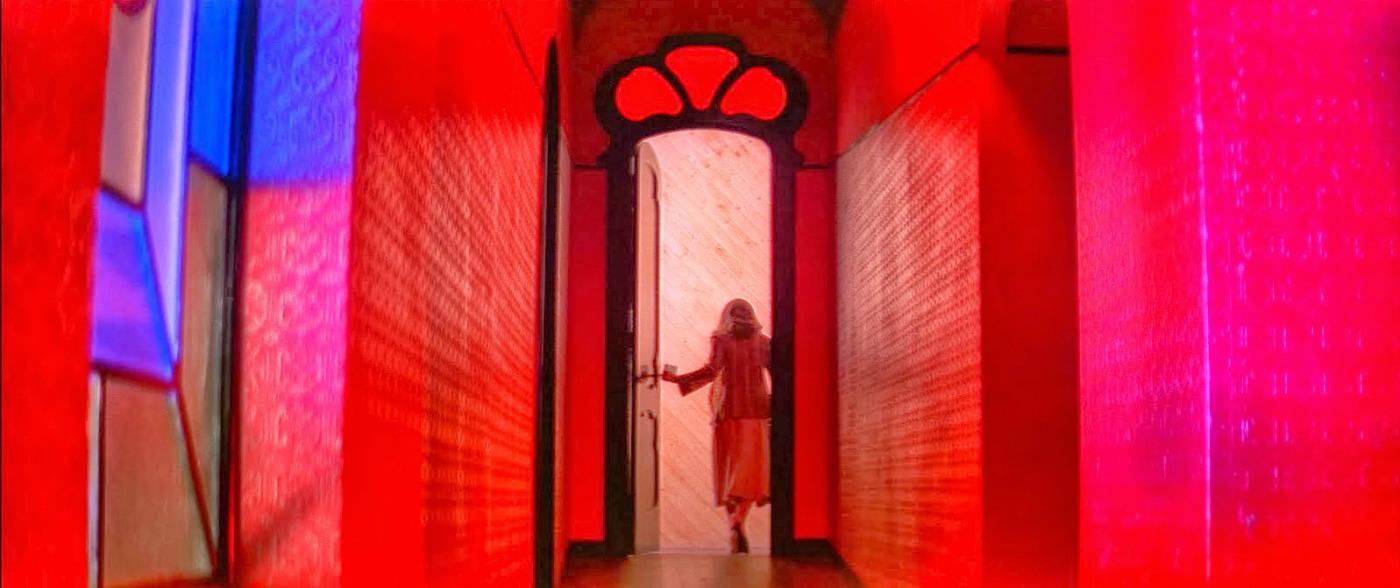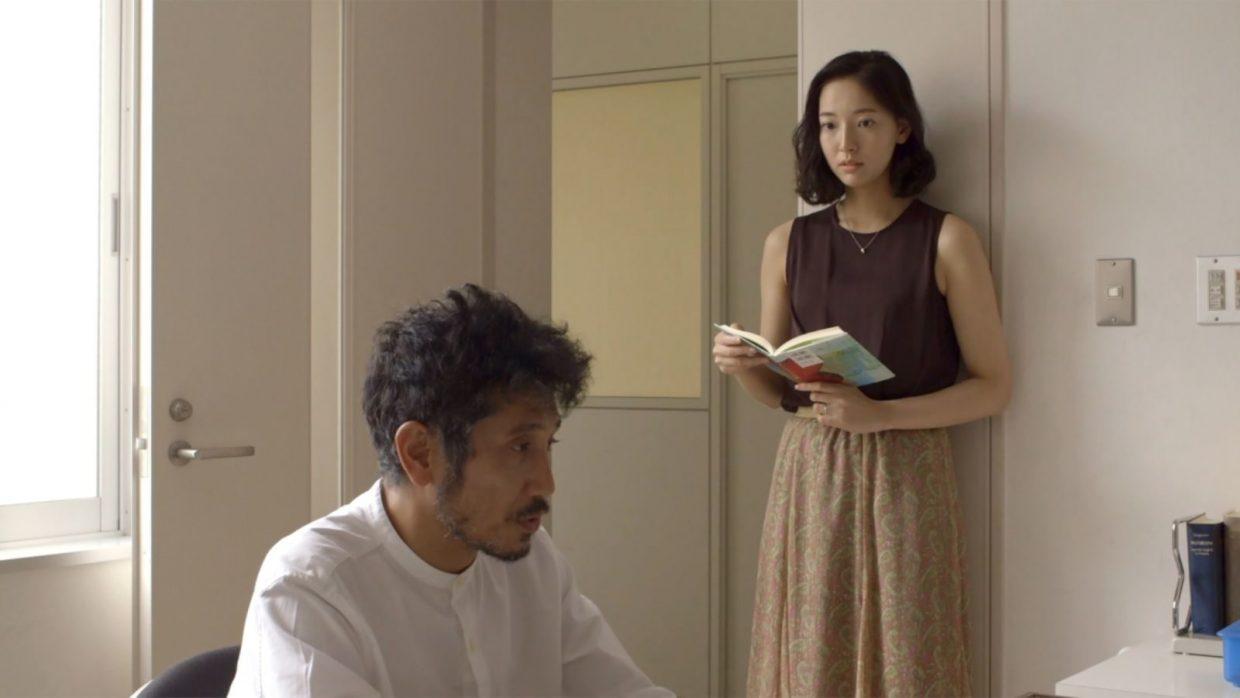In the realm of contemporary cinema, where visual spectacle often takes precedence, the film “Her,” directed by Spike Jonze, stands as a testament to the power of minimalist cinematography. Released in 2013, “Her” offers a poignant exploration of human connection in a near-future world, employing a visual style that is both subtle and evocative. This article delves into the minimalist cinematographic techniques used in “Her,” analyzing how they contribute to the film’s narrative and emotional depth. By stripping down visual elements to their essentials, the cinematography not only complements the film’s thematic exploration of intimacy and isolation but also enhances the viewer’s engagement with the characters’ internal landscapes. Through this analytical lens, we aim to uncover the profound impact of minimalist visual storytelling in shaping the film’s enduring resonance.
Understanding the Visual Language of Minimalism in Her
In Spike Jonze’s “Her,” the minimalist cinematography is a critical element that shapes the film’s emotional and narrative depth. The use of muted color palettes and clean, uncluttered compositions serves as a visual metaphor for the protagonist’s internal journey and the futuristic world he inhabits. By stripping away the superfluous, the film’s aesthetic allows the audience to focus on the subtleties of character interactions and the nuanced performances. The deliberate choice of minimalism emphasizes the themes of isolation and connection, creating a visual language that resonates with the viewer on a subconscious level.
Key aspects of this visual language include:
- Soft Color Tones: The use of pastel hues and soft lighting creates a sense of intimacy and warmth, reflecting the emotional core of the story.
- Negative Space: Frequent use of negative space highlights the characters’ loneliness and introspection, making their emotions more palpable.
- Simplistic Set Design: The sparse environments mirror the film’s exploration of technology and human interaction, emphasizing the contrast between digital and physical worlds.
These elements, combined with the film’s narrative, create a cohesive visual experience that enhances the storytelling, allowing viewers to engage more deeply with the characters’ emotional arcs.

The Role of Color and Composition in Conveying Emotion
In “Her,” the deliberate use of color and composition plays a pivotal role in shaping the viewer’s emotional journey. The film employs a pastel palette, dominated by warm hues such as soft reds, pinks, and oranges, which imbue the narrative with a sense of intimacy and nostalgia. These colors are not merely aesthetic choices but act as visual metaphors for the protagonist’s emotional state. The frequent use of soft, diffused lighting further enhances this effect, creating a dreamlike quality that blurs the lines between reality and the digital world Theodore inhabits. The color scheme serves as a silent narrator, guiding the audience through Theodore’s evolving relationship with his operating system, Samantha.
- Color Symbolism: Red and pink tones symbolize love and connection.
- Lighting: Soft lighting reflects emotional vulnerability.
- Composition: Minimalist framing emphasizes isolation and introspection.
Moreover, the minimalist composition is crucial in conveying the theme of isolation. The film often utilizes negative space to highlight Theodore’s solitude in a densely populated city. This strategic use of space not only accentuates his loneliness but also underscores the emotional distance between him and the physical world. The juxtaposition of intimate close-ups with expansive wide shots creates a visual rhythm that mirrors the ebb and flow of Theodore’s internal conflict. Through these carefully crafted visual elements, “Her” transcends traditional storytelling, inviting viewers to experience the profound emotional depth of its narrative on a visceral level.
Impact of Minimalist Techniques on Audience Perception
In the film “Her,” minimalist techniques play a crucial role in shaping audience perception, creating a unique visual narrative that underscores the emotional depth of the story. By stripping down to the essentials, the cinematography invites viewers to focus on the subtleties of character interactions and the introspective journey of the protagonist. Muted color palettes and sparse settings evoke a sense of isolation and introspection, mirroring the internal state of the characters. The use of negative space allows the audience to engage more deeply with the narrative, encouraging them to fill in the emotional gaps and connect with the protagonist’s experiences on a personal level.
The deliberate simplicity extends to the film’s composition and camera movements, which are often static or gently flowing, fostering a sense of calm and contemplation. This minimalistic approach can lead to a more intimate and profound connection with the film’s themes, as it reduces distractions and heightens the emotional resonance of each scene. Through this lens, viewers are encouraged to reflect on the complexities of human connection in a technologically advanced world. By embracing minimalist cinematography, “Her” effectively transforms audience perception, encouraging a deeper engagement with the narrative’s emotional and philosophical questions.

Recommendations for Filmmakers: Embracing Simplicity in Visual Storytelling
The film “Her” exemplifies how minimalist cinematography can profoundly enhance the narrative by stripping down visual elements to their essence. This approach invites filmmakers to focus on the core of the story, emphasizing emotions and themes without the distraction of unnecessary visual clutter. To achieve this, directors and cinematographers can consider a few key strategies:
- Limited Color Palette: Using a restricted range of colors can create a cohesive and immersive world that reflects the characters’ internal states. In “Her,” the soft pastels and warm tones mirror the film’s exploration of intimacy and isolation.
- Intentional Framing: Carefully composed shots can convey meaning and emotion more powerfully than dialogue. The use of negative space, for instance, highlights the protagonist’s loneliness, drawing viewers into his emotional journey.
- Simplicity in Set Design: Minimalist sets focus attention on the characters and their interactions. By reducing distractions in the background, the film allows the audience to connect more deeply with the narrative.
Embracing simplicity in visual storytelling encourages filmmakers to hone in on the essence of their story, fostering a deeper connection with the audience. This approach, as demonstrated in “Her,” can result in a film that resonates on both an emotional and aesthetic level.
